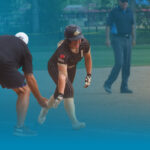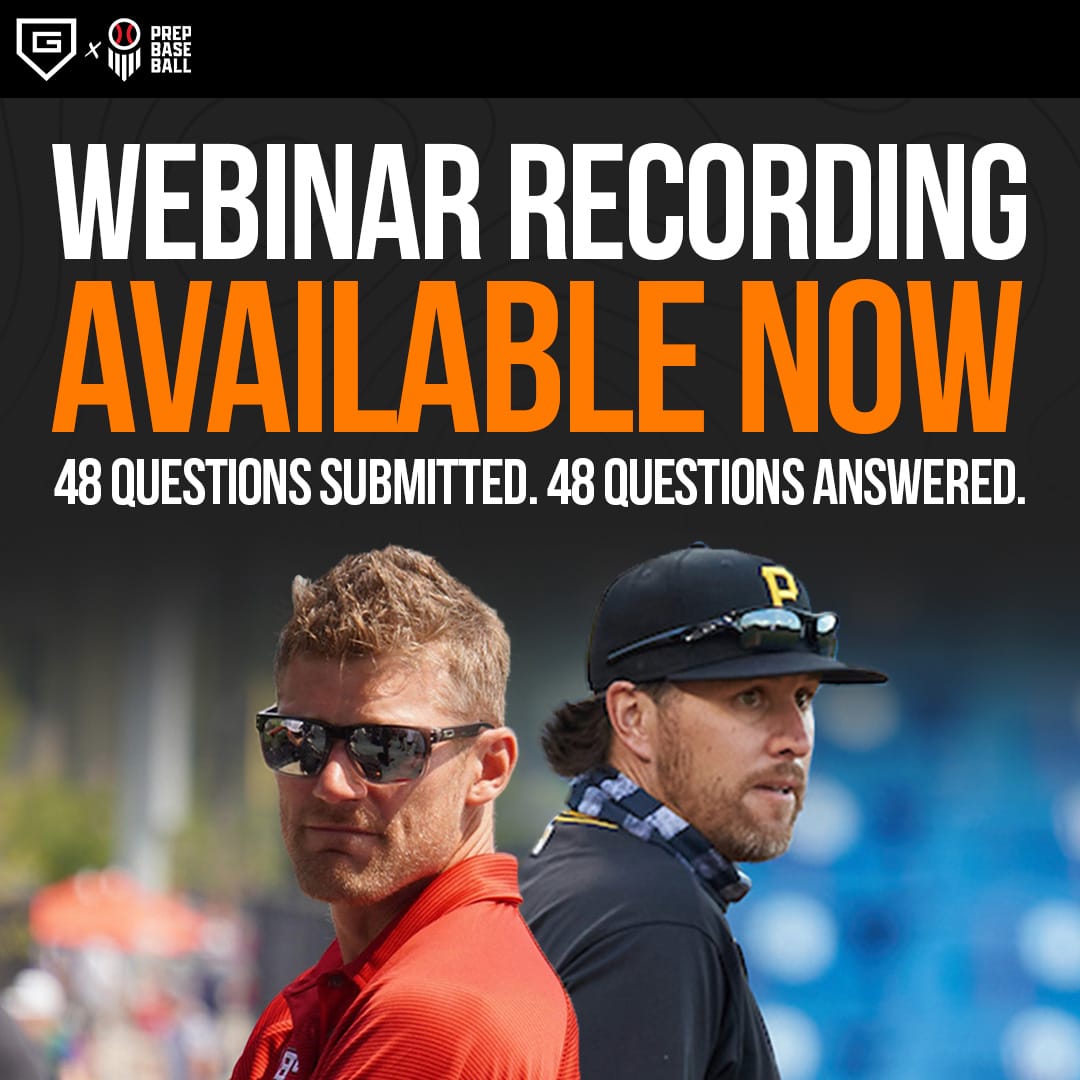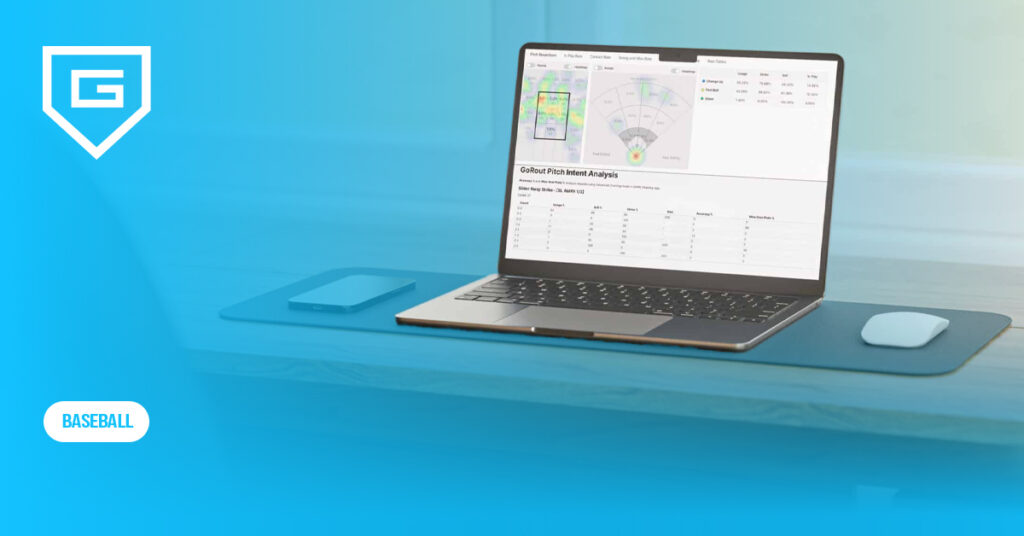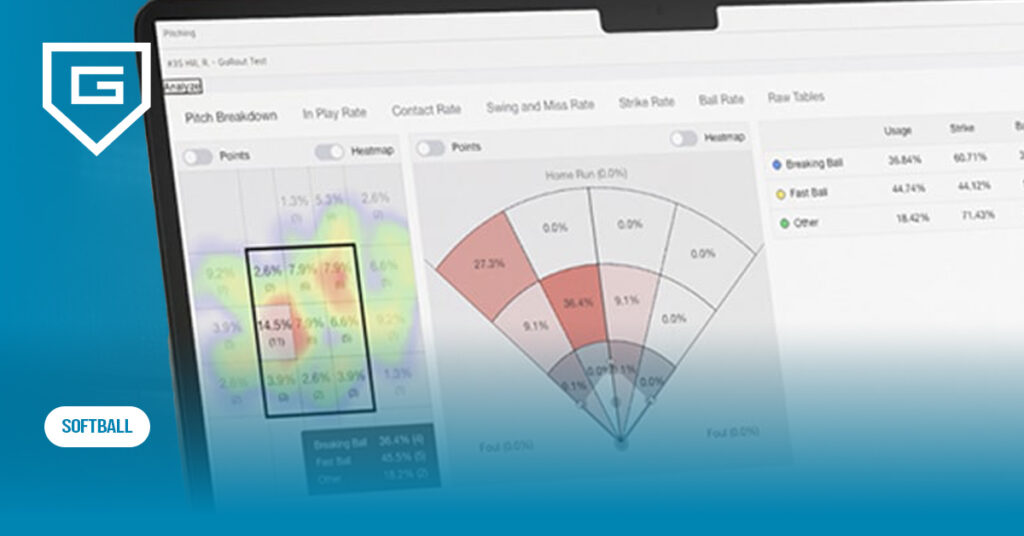Why Every Team Needs Youth Baseball Wristbands for a Winning Season
Reading Time: 10 minutes
Reading Time: 10 minutes
Youth baseball wristbands can make a big difference if you want your team to stay organized and communicate better.
They help players remember plays, avoid missed signals, and keep everyone on the same page during big moments.
Let’s look at how wristbands can improve game performance, save practice time, and give your youth baseball team an edge over the competition.
How Communication Changed In Youth Baseball

Most youth baseball teams relied on hand signals and verbal communication to share plays and instructions. Coaches waved, pointed, or used coded signs to show what was coming next.
This old way worked, but it had problems. Sometimes, players misunderstood the signs or missed them in loud environments. There was also a risk that the other team could figure out the signals.
Many teams now use wristbands to pass information quickly and privately. Coaches can show players a number or code, and they look it up on their wristband chart.
These traditional wristband systems help:
- Reduce confusion on plays
- Make it harder for the other team to “steal” signs
- Speed up the game and keep your team focused
With new baseball pitch-calling systems, communication in youth baseball is evolving. Digital wristbands give real-time updates, let coaches switch up signals on the fly, and even keep track of how players perform.
Coaches using this tech usually see better teamwork, quicker decisions, and a more fired-up team out on the field.
Understanding Youth Baseball Wristbands

Youth baseball wristbands are special bands with codes or charts printed on them. Players wear them on their wrist during games to help them remember and follow plays or signals from the coach:
- Pitch calls
- Defensive shifts
- Bunt or steal signs
- Positioning reminders
Coaches like wristbands because they make it harder for the other team to figure out their strategies. When you use a wristband system, signals can stay hidden from the other team, keeping your plays secret.
Wristbands are especially useful for young players who are still learning the game. They can focus on playing their best instead of worrying about forgetting a sign.
Many teams started using wristbands because they are simple and cut down on mistakes. More coaches are switching to wristbands instead of traditional hand signs to keep everyone on the same page.
Common Challenges With Traditional Youth Baseball Wristbands
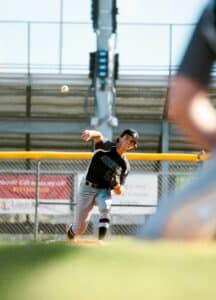
Traditional youth baseball wristbands often come with problems that impact team performance. Let’s cover the most important ones.
Manual errors and misreads
When teams rely on old-school wristbands, players and coaches sometimes get confused by hand signals or reading the codes.
Players may glance at their wristbands and pick the wrong signal. If players are new to the system, it’s easy to mix up numbers, especially when they feel rushed.
Some wristband systems have codes that change every game, which adds another layer of confusion. Kids in youth leagues may find it especially hard to keep up, leading to more mistakes.
If your brand uses small print or complicated instructions, the risk of human error increases. It can cause missed plays or even cost your team runs during a close game.
Coaches need to remember and communicate many codes. Sometimes, it is hard to trust the system in critical moments.
Limited customization
Basic wristbands come in only one or two sizes, which may not comfortably fit every player’s wrist. It can be a problem when your team includes younger kids with smaller wrists and older kids who need more space.
Some popular brands – like Mizuno or Nike – offer a standard “one size fits most” option, which does not suit everyone.
Cheaper wristbands often have stock cards that are pre-printed and can’t be swapped out. That makes it hard to adjust your strategy on the fly. Poor customization leads to the inability to change or update codes and instructions.
The look and colors of the wristbands may not match your team’s uniform or spirit. A team with navy blue and black as their primary colors likely wouldn’t want neon green wristbands. Teams might appreciate wristbands that let them choose colors or add team logos, but current options rarely offer this.
You may also need to buy new wristbands each season or for different situations, which increases cost over time.
Durability concerns
Lower-priced wristbands tend to use thin plastic or basic fabric that may rip, fray, or lose shape after just a few games. If your team practices often or plays in rough conditions, these wear out even faster.
Some brands use Velcro, which stops sticking as dirt and sweat build up. Youth athletes might forget to take off wristbands before washing their uniforms, and cheap material may not survive the laundry.
Look for strong stitching and sturdy windows for code cards if you want a wristband that lasts. Once damaged, the printed codes can become hard to read.
Quality wristbands usually advertise “water-resistant” or “heavy-duty” fabric, while entry-level options may skip these features to keep costs low. The total price can add up if you must replace wristbands multiple times a season.
Visibility in all conditions
Game days don’t always bring perfect weather or lighting. Traditional wristbands often use small fonts that fade or blur, especially after sweat, sun, and rain exposure.
In cool or wet weather, fog or condensation may cloud the display. Poor visibility forces players to guess at codes or delay making important plays.
It can make it tough for kids to read their wristbands during evening games or under bright sunlight. Some wristbands use a clear plastic cover to protect signal cards, but glare from stadium lights can make the codes hard to see.
Basic wristbands may also use single-color printing without bold text or high contrast, so codes are less readable at a glance.
Investing in wristbands with larger text, better contrast, and anti-glare covers helps your players react faster in lighting or weather.
The Benefits Of Digital Youth Baseball Wristbands
Electronic wristbands for youth baseball teams help coaches and players boost communication, pace of play, confidence, and fair play by making sure everyone is on the same page.
Reducing miscommunication in the field
Digital wristbands make it easier for your team to share signals and instructions. Coaches send signals digitally, and players quickly see them on devices on their wrists.
It removes confusion from hand signals or shouted commands, which can get lost in the noise. You no longer need to worry about missed signs or a player’s back being turned.
Your team won’t have to guess or rely on reading lips. This technology helps everyone understand their role in every play.
Fewer mix-ups on the field mean fewer mistakes and a better chance to execute the play you want. You can spend more time playing and less time sorting out confusion.
Faster play calling and strategy adjustments
Games move quickly when you use digital wristbands. Coaches can call plays or make strategy changes in real time, without having to wave, shout, or call a timeout. It means you can react fast to the game situation.
Other teams may waste time relaying signals or meeting at the mound. You can send your pitch call or sign in the press of a button, keeping your team in a groove and focused on the game.
Immediate communication helps keep the game running smoothly instead of slowing it down for explanations or team huddles. Teams now use one-way electronic communication for quicker pitch calls and defensive shifts.
Reducing confusion and anxiety
Young players often feel nervous about missing signs or not knowing what to do next. With digital wristbands, they have instructions right at hand.
They don’t need to constantly look toward the bench or second-guess their memory. By reducing uncertainty, these wristbands help your players feel more confident.
When players trust that they know their role, they can concentrate on making good plays. Reducing confusion also helps new players learn the team’s signs and routines.
Confidence goes up and stress goes down with less guesswork and more precise guidance. Wristbands act as quiet, steady reminders for players of all ages.
Keeping players engaged and prepared
When the team uses digital wristbands, everyone stays involved in the game. No player gets left out or misses the coach’s message, since everyone receives the same instructions instantly.
Even when things are moving fast, your outfielders, infielders, and catcher will know the next step of the game plan. Wristbands give every player a role to play and a reason to focus.
More engaged players mean fewer mistakes and more excitement on the field. Feedback is direct, and nobody waits for instructions from across the field.
Quick signals and direct updates keep everyone ready, alert, and driven to do their best from the first inning to the last. Your entire team feels in the action, not just watching from the dugout.
Meeting league rules and guidelines
Many leagues now have clear rules on how teams can send signals and call plays. Electronic wristbands help your team follow these guidelines.
They offer one-way communication designed for fairness and transparency. You can adjust your communication style to match your league’s rules.
For example, in some youth leagues and schools, wristbands are encouraged because they are less likely to cause problems than secret gestures from the dugout. Rules sometimes change, and electronic wristbands are adaptable.
You won’t have to worry about illegal signals or getting penalized for accidental mistakes. It helps your team focus on playing the game, not figuring out complicated or outdated baseball signal systems.
Minimizing sign-stealing and errors
One of the biggest problems with traditional hand signals is sign-stealing. Other teams may try to watch you and figure out your next move.
Electronic wristbands help prevent this by giving players private, coded information only they can see. Fewer visible gestures mean you share less with the other team.
The information stays between coaches and players, reducing the risk of opponents catching on. It helps protect your strategies and pitching plans.
Meet GoRout Diamond’s Advanced Youth Baseball Wristbands
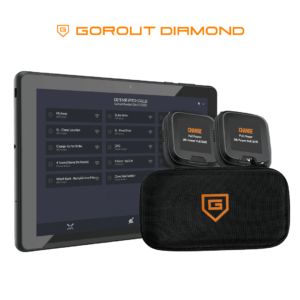
GoRout Diamond changes how youth teams communicate by making every play call fast, clear, and easy. Coaches and players stay in sync during practices and games, while real-time analytics bring new insights to every pitch and decision.
How GoRout Diamond works for coaches

As a coach, you can build your game plan right in the web app. Set up pitch calls, offensive plays, bunts, steals, and defensive shifts with just a few clicks.
Everything lives in the app, so you can update or create new strategies whenever you feel like it. It’s all digital, which makes things fast and flexible.
With the on-field app, you can send plays instantly to every player’s wristband device on the field. Whether you’re changing pitches or shifting your defense, it takes just a button press.
The GoRout coach-to-player communication system lets you send position-specific messages. No more shouting, missed signs, or runners picking up your signals. That’s a relief for any coach who’s ever lost their voice mid-game.
The app includes real-time data and analytics like pitch intent versus pitch result. Now you can adjust strategy with real info, not just gut feelings.
How GoRout Diamond works for players
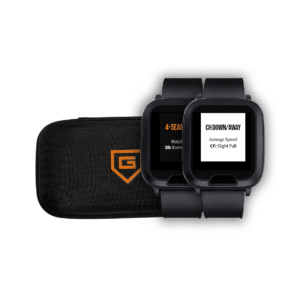
Your players wear rugged on-field devices that look and feel like basic wristbands, but they’re actually smart playbooks. When you send in a call, each device shows a clear message for that player’s position.
No complicated setup here—each wristband works as soon as you turn it on. That’s handy when you’re running late or just not in the mood to mess with tech.
Visual displays stay easy to read in any weather, day or night. Players don’t have to worry about rain or heat ruining their device.
The screen switches between light and dark modes. Calls stay readable in sunlight or under stadium lights, which is honestly a lifesaver for night games.
Each call comes through in real time. Your team moves as one, and there’s way less chance for confusion.
Devices use full encryption to keep your game plan private. You don’t want prying eyes stealing your signals, right?
How to start with GoRout Diamond
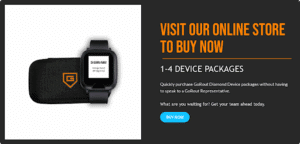
Getting started is pretty straightforward. First, chat with GoRout to figure out how many wristband devices your team needs—packages start at one and can grow as your roster does.
A sales rep will walk you through options that fit your needs and budget. No pressure, just a quick rundown.
The devices arrive ready to go. You don’t need WiFi, routers, or syncing—each unit connects using cell networks that cover fields nationwide.
Just turn on the devices, download the coach’s app, and you’re set for your first game or practice. It’s surprisingly quick.
If a device ever breaks, the included warranty covers replacements. GoRout Diamond also provides updates throughout the year to keep your system running smoothly.
What are you waiting for?
Get a quote or visit the web shop now.
How To Implement Wristbands In Your Youth Baseball Program

Start by choosing wristbands that are easy for kids to read and comfortable to wear. Next, create a code system. You can use numbers, letters, or a mix of both.
Hold a team meeting before the season starts. Use that time to hand out wristbands, explain the code system, and answer questions.
Practice with the system during youth baseball drills so players get used to checking their wristbands before a play. It takes a little getting used to, but they’ll catch on fast.
Wristbands help kids feel confident and cut down on missed signs or confusion. With GoRout Diamond, many teams notice better focus and fewer mistakes during games.
Check out testimonials and case studies to learn about coaches’ experiences and why they all agree that this is a game-changing system.
Be sure to update play codes as the season goes on. Rotate codes if you need to, so the other team can’t guess what’s coming.
With a good routine, your team will adjust to this method in no time.
Conclusion About Youth Baseball Wristbands
Youth baseball wristbands help teams talk to each other and cut down on mistakes. Coaches can send signals to players quickly, so teams don’t have to stress about memorizing a pile of complicated signs.
Wristbands lower the odds that another team will steal your signals. They also make sure everyone knows exactly what play is coming up, so the whole group stays in sync.
If you’re thinking about stepping up your game, digital wristbands make it even simpler. GoRout Diamond stands out as a great pick for digital wristbands. This system keeps your signals fast and safe, right there on the field.
Get a free quote or check out the web shop on the official website to see how your team can use these wristbands for a better season.

